Hi Everyone,
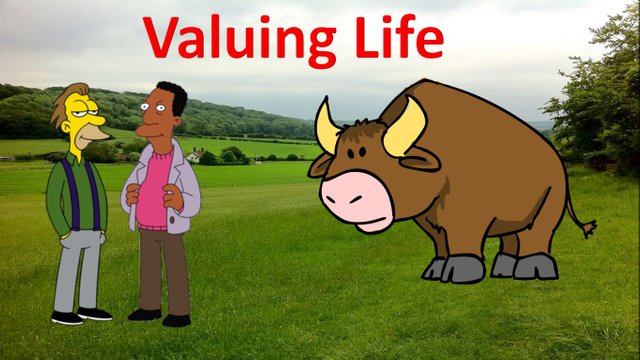
I am continuing my ‘Cruelty-free Economics’ journey (formerly Vegan Economics) after a long absence. I did not intend to leave this important topic on hold for such a long time but I have been faced with several distracts over the last six-months; many of which created by myself.
In this post, the first in a short series of posts, I will be briefly discussing approaches to valuing life; this will be the third time I am visiting this topic. I feel this is a good place to return, as my proposed approaches to valuing life will also feed into what I will be proposing regarding quality of life.
Why do we need to place a value on life?

I am not particularly comfortable with placing a monetary value on life. However, it is necessary to have a common unit of measure when conducting an economic analysis. Monetary units are the easiest to use for this comparison. As I am conducting an analysis of the cost of cruelty, I need to have a common unit of measure. Money can serve that purpose particularly well. When we look at the industries involving animals, data regarding costs already exist. Including another monetary cost is more logical than attempting to convert costs into another unit.
Approaches to valuing life
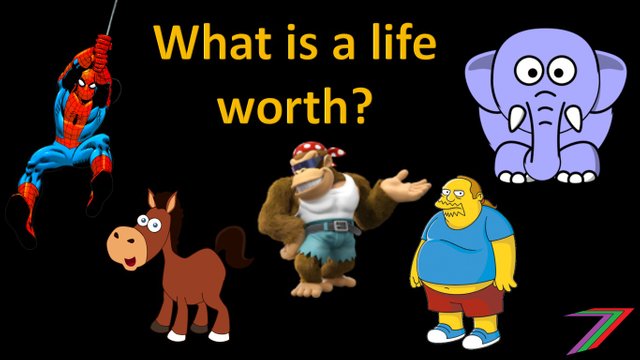
Determining the value of human life has not been an easy task for experts in this field. Therefore, determining the value of life of other species is going to be even more difficult. Over the course of my journey investigating the value of life, I have encountered some resistance to my proposed methods. This should be of no surprise as what I have proposed is extremely unconventional.
A more conventional approach would be to assess the value of an animal’s life purely from the human perspective. This would most likely involve using market prices to determine an animal’s value. For example, how much is a person willing to pay for a puppy? Another example would be to assess how much people would be willing to pay to avoid eating meat. I am strongly in disagreement with all these approaches. As an economist that would currently put me in the minority. I hope to change that perception with the work I am doing.
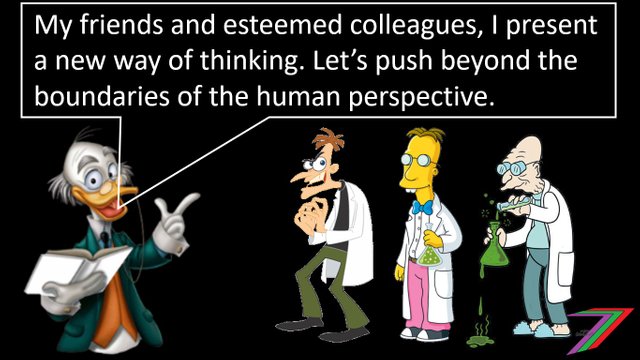
There are several reasons I oppose a more conventional assessment from a ‘human perspective’. If we are investigating something that provides only us with satisfaction or dissatisfaction, it is reasonable to assess only the value we gain or lose. If we are investigating something that provides us as well as others around us with satisfaction or dissatisfaction, we need to assess both our gain or loss as well as the gain and loss to others. The gains and losses to others are externalities. They can be both positive and negative. For example, if you have a party, you need to consider your enjoyment, the enjoyment of your guests as well as the possible negative affect your party has on your neighbours. Including the cost to other species is the next logical step.
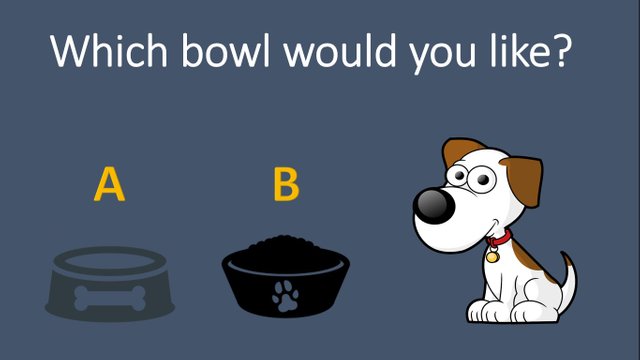
The biggest problems assessing the level of satisfaction of animals is their apparent limited ability to communicate and their limited capacity to demonstrate satisfaction through trade. Approaches such as the contingent valuation and revealed preference methods cannot be conventionally used to determine the level of satisfaction animals’ gain from various activities. Instead, animal behaviour needs to be studied to observe patterns of behaviour. Ethology and behaviourism are two approaches commonly used. Ethology studies animals in their natural environment and behaviourism studies animals’ responses to particular stimuli.
What am I proposing?
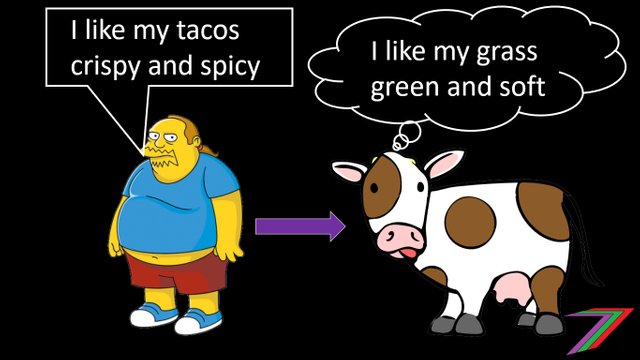
I will be using two approaches to assess the value of life. My first approach will build off the value of statistical life of humans. This is a reasonably easy place to start, as there has already been a significant amount of research dedicated to valuing the life of humans. My second approach is what I am currently calling my ecosystem approach. This approach is going to be considerably more complicated as I will try to assess the value added to the ecosystem from the life of each animal. After establishing both these approaches, I will attempt in some way to bring them together. At this point, I am still undecided how I will go about doing this.
Value of animal life based on the value of human life
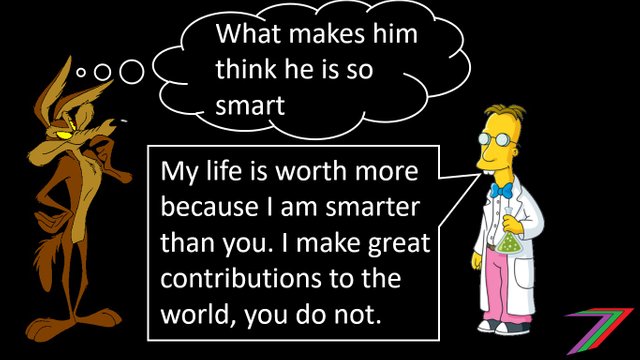
If you have read some of early work, you will find that I have advanced this approach to some extent. I am proposing using the statistical value of life obtained for humans and converting into values for various species of animals. I intend on using the average value of statistical life obtained from numerous studies that have published results. I will also use the highest and the lowest values from these studies as sensitivity tests for my analysis. The factors that I am considering using to adjust the value of human life to that of another species are as follows.
- Intelligence
- Life expectancy
In regards to intelligence, I will most likely be using the Encephalization Quotient. Encephalization Quotient determines the intelligence of an animal based on the average brain weight to body weight ratio for the species. This method has many limitations but currently appears to be the most reliable and accessible to use to determine the value of a species life. I will explain the approach in more detail in upcoming posts.
In regards to life expectancy, I will be investigating average life expectancy of animals in the wild and in captivity. The average life expectancy of living in the wild will be used to influence the value of life of different species. The average life expectancy of living in captivity will be used to determine the cost or benefit of keeping particular species in captivity.
Intelligence and life expectancy will be used to adjust the value of human life to that of a particular species. For example, if the determined value of human life is $9.1 Million (Environmental Protection Agency, 2010) and if humans have an average Encephalization Quotient of 6 (Oxford Index) and average life expectancy of 80 years. Another species with an Encephalization Quotient of 1 and a life expectancy of 20 years would have a value of life of about $380,000 (9.1M×1×20/(6×80).
Valuing a life based just on intelligence and life expectancy is a very crude approach. Intelligence does not necessary equate to greater contributions or value to the world. Many other factors could indicate worth. Unfortunately, they are mostly intangible. Higher intelligence provides greater potential. The success of the human species can arguably be closely linked to intelligence.
Aware of the limitations stated above, I am also investigating the value of life based on observed contributions to the ecosystem.
Value of animal life to the ecosystem
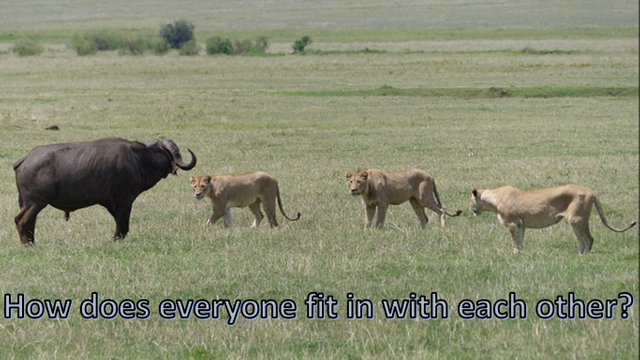
So far, in my previous posts, I have not discussed the ‘value of animal life to the ecosystem’ approach. This approach is going to be considerably more difficult to assess, as I will be looking at the value a species has on the entire ecosystem. I will most likely not be assigning any values directly to any species but rather provide qualitative discussions around the impact of the loss of particular species to particular environments. I foresee the best approach would be to use a number of case studies to demonstrate the functioning of the ecosystem. Real life case studies would be ideal but the extent of the research required to provide analysis will be difficult to perform considering current budget and time constraints. I will attempt to include a number of already documented cases as well as explain the concept using hypothetical scenarios.
A simple scenario could look as follows. A particular species of herbivore could have a population of 10,000. The average life expectancy of this herbivore could be 20 years. If we assume a flat age distribution of the herbivore over its life span, the species will require an annual birth rate of 50 births per 1,000 population to keep the population stable. If we hold everything else constant (ceteris paribus), the removal or introduction of predators will alter the ecosystem. Increased number of predators will reduce the herbivore population. Decreased number of predators will increase the herbivore population. The extent of this effect will be restricted by other parameters in the ecosystem.
Conclusions
This is just the first post in a series of posts I will be writing regarding valuing of life. This post was intended as a brief introduction to the approaches that I am adopting to value the life of different species. This series of posts will form a critical part of my ‘Cruelty-free’ economics subject matter, which I will compile into a book on completion. Steem provides a great way to publish my work as I go as well as give me the opportunity to revise the direction I am taking at any time.
Post Beneficiaries
The beneficiaries of this post based on the top three upvotes (Votes bought from MinnowBooster have been excluded) of the previous post are:
A fourth beneficiary has not been added because of the lack of engaging comments in the previous post. To learn more about post beneficiaries you can read my post using the following link.



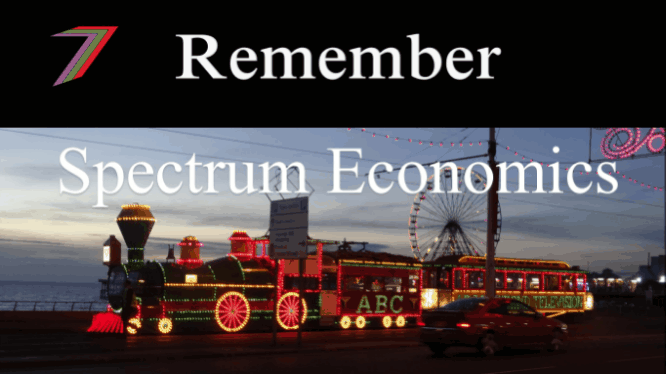

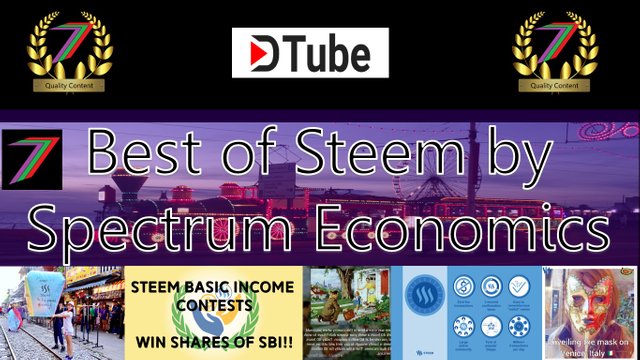
Great post @spectrumecons really makes you think. I think it is awful that humans are the ones who determine the value of another beings life. It is great that you challenge this primitive concept, I look forward to your follow up posts on this topic as it’s an important one to me. I believe in an old Celtic saying “All life that draws breath is of equal worth” of course this challenges every fibre of conventional thinking. It’s about time we change our thinking and mindset. Thanks for this post, keep it up 👍
Downvoting a post can decrease pending rewards and make it less visible. Common reasons:
Submit
I am hoping that I can help the economics community as well as society as a whole move away from viewing the world as if it revolves completely around humans. Humans are part of the world ecosystem rather than the owners of it.
Downvoting a post can decrease pending rewards and make it less visible. Common reasons:
Submit
Hi @spectrumecons!
Your post was upvoted by @steem-ua, new Steem dApp, using UserAuthority for algorithmic post curation!
Your UA account score is currently 4.435 which ranks you at #2027 across all Steem accounts.
Your rank has not changed in the last three days.
In our last Algorithmic Curation Round, consisting of 477 contributions, your post is ranked at #249.
Evaluation of your UA score:
Feel free to join our @steem-ua Discord server
Downvoting a post can decrease pending rewards and make it less visible. Common reasons:
Submit
Congratulations:
You are beneficiaries for my post Valuing Life (Part 2) - Valuing Human Life
Downvoting a post can decrease pending rewards and make it less visible. Common reasons:
Submit